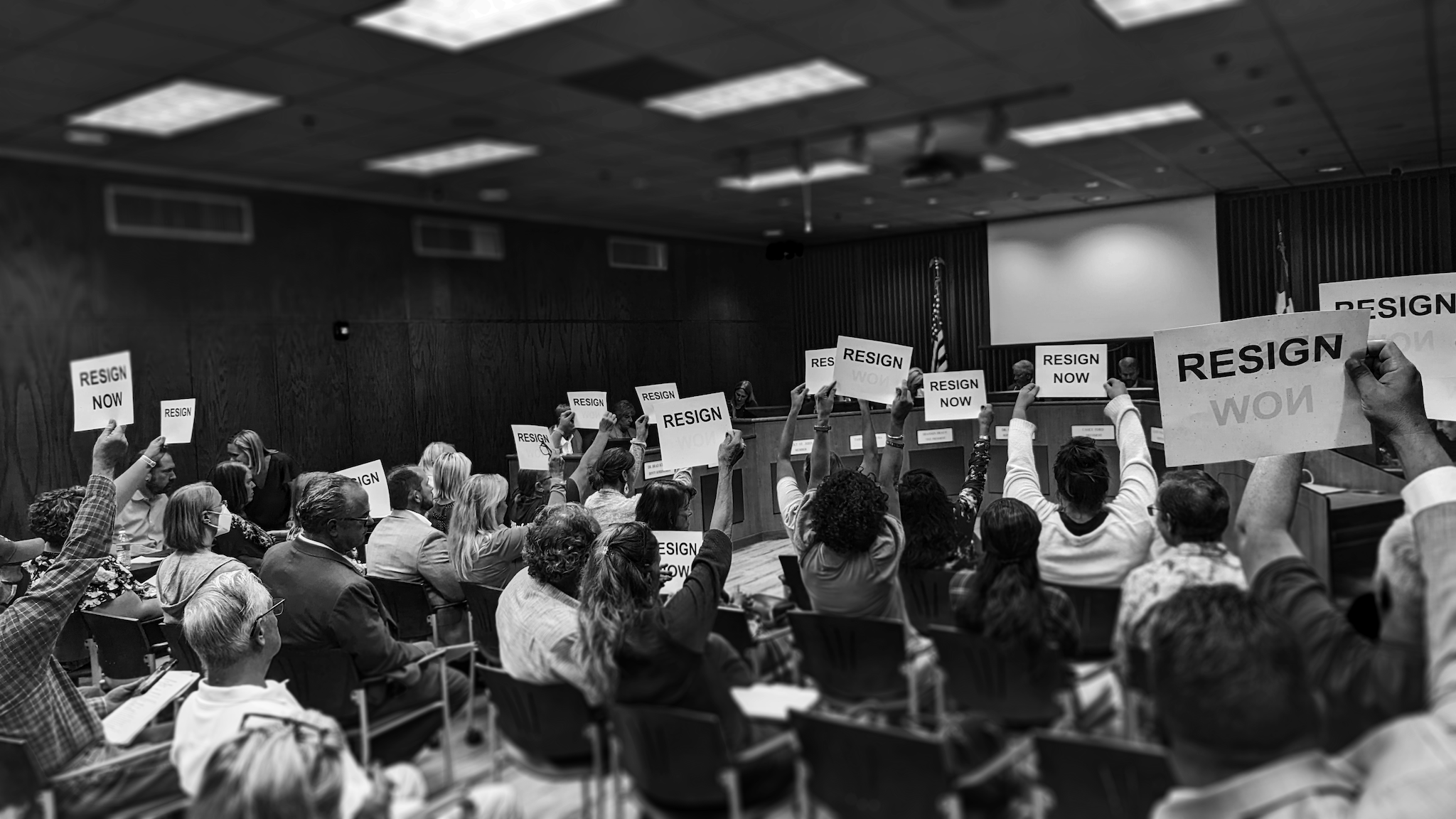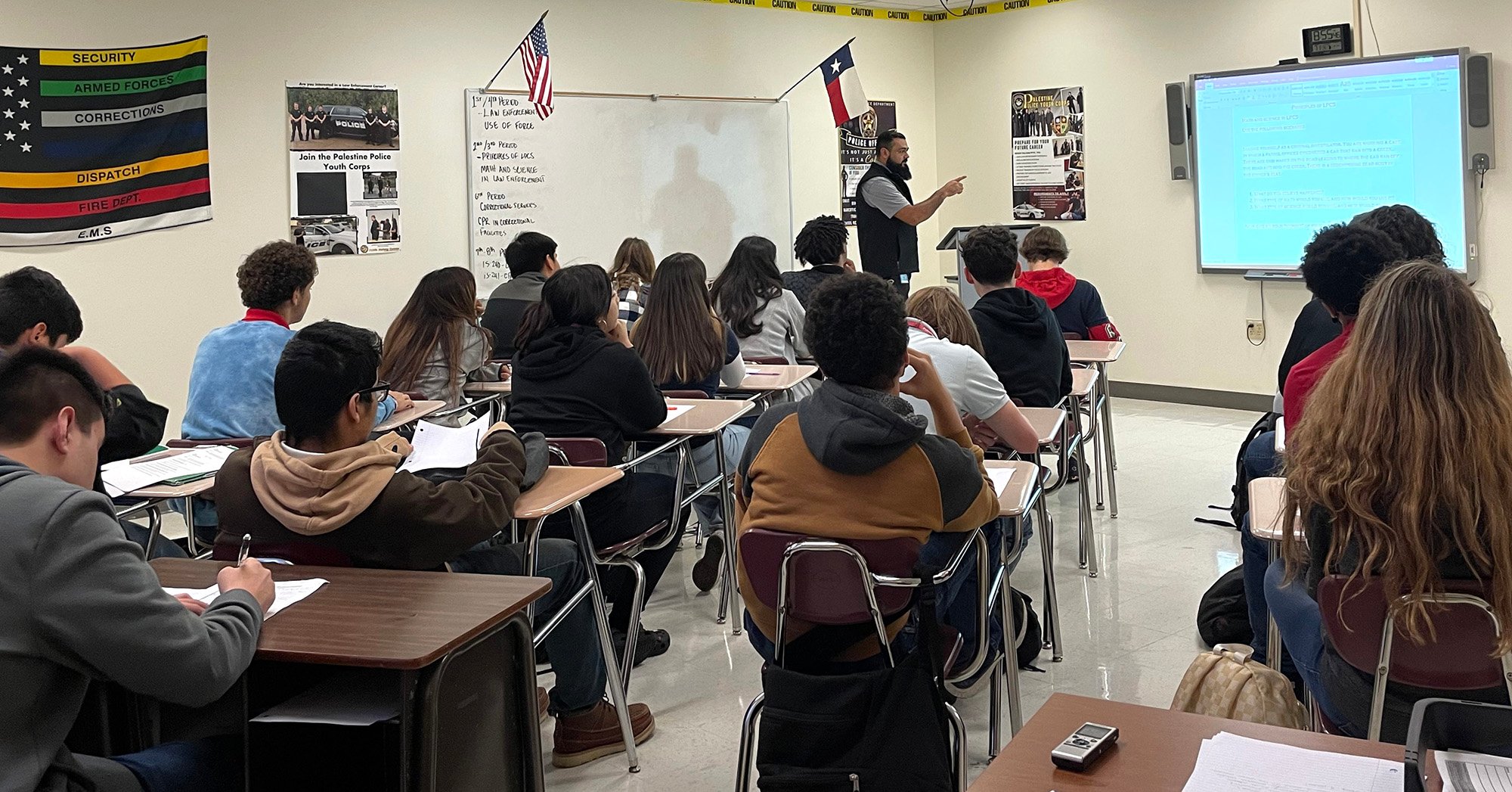
Some Texas Schools are Still Fighting Decades-Old Desegregation Orders
Critics say the orders aren't necessarily irrelevant just because they’re old.
A version of this story ran in the October 2016 issue.

In late August, a federal judge released Tyler ISD from a desegregation order that has been in place for almost half a century. The district was one of the last in Texas still subject to such an order, and district leaders argued that it had become little more than bothersome red tape.
Across the nation, court orders in the ’60s and ’70s consolidated school districts, redrew school zoning and prompted busing programs to make schools more racially balanced. In 1970, East Texas judge William Wayne Justice placed the entire state of Texas under a desegregation order. In 2010, a judge released all but a few districts from the case as a matter of legal formality, without reviewing enrollment or funding statistics. One by one, the last Texas districts remaining under desegregation orders are working to get free. Often that effort is led by a superintendent or school board official who remembers a dramatic period of school integration decades ago and sees the court order as a relic of a bygone time.
But desegregation orders cover more than overt discrimination, said Wake Forest University professor Wendy Parker, who has studied the orders’ legacy. They’re also meant to ensure that districts equitably distribute money, recruit more teachers of color and educate white students as well as they educate non-white students, she told the Observer. Those are issues schools continue to struggle with — or in some cases, stop struggling with once they’re removed from a court order. According to research by the UCLA Civil Rights Project, schools in the South have quietly resegregated in the last 20 years as they’ve been released from court orders. There’s no reason, Parker said, to assume the orders are irrelevant just because they’re old.
“Even though your white schools are more diverse than they were in 1954,” Parker said, “that duty [to provide an equitable education] continues until 2016.”
An Observer review of court documents and state records, as well as conversations with district officials, suggest that six to 12 districts are still under desegregation orders. It’s extremely difficult to track, though. Orders referenced in decades-old federal documents don’t always turn up in a search of court records. Some school officials told the Observer they had no idea such an order was in place in their district.
“Don’t know anything about it. First time anyone’s ever asked me about that,” Trinidad ISD Superintendent Corey Jenkins said when asked about an order that is referenced in a 1978 federal report and, according to a 2014 ProPublica investigation, remains open. Asked about the open desegregation order in Fairfield ISD, Assistant Superintendent Melissa Cox asked, “Is there something we should be doing about this?”
In the decades since the movement for school integration and busing, public schools have quietly resegregated along neighborhood lines. Where those old desegregation orders are still in place, Parker said, they remain one of the only ways to force a conversation about a difficult subject.
“It’s not that federal court intervention is a magic wand that created equality, but it does force a democratically elected school board to think about these issues,” Parker said. “I think the court order forces people to talk about things that they might not want to talk about otherwise.”


